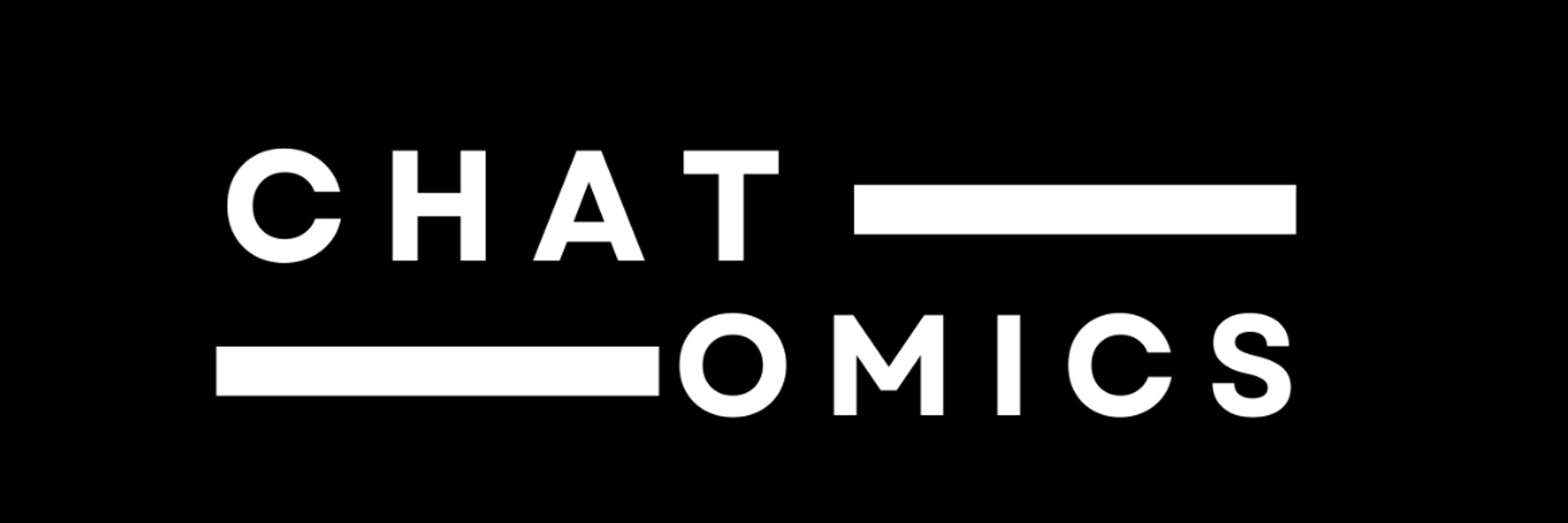
tommytang.bio.link
My son asked me to play soccer with him.
I hesitated. It's muddy out there. Wet. We'll get dirty.
But he insisted, so I put on my shoes and we went outside.
My son asked me to play soccer with him.
I hesitated. It's muddy out there. Wet. We'll get dirty.
But he insisted, so I put on my shoes and we went outside.


You wasted hours.
Here’s how to stop that forever—with strict mode. 🧵

You wasted hours.
Here’s how to stop that forever—with strict mode. 🧵
My kids ran into the house with the news.
We have a small pond in the backyard. Nine goldfish. The kids loved watching them in the summer.
My first thought: Maybe it froze? Boston winters are brutal.
My kids ran into the house with the news.
We have a small pond in the backyard. Nine goldfish. The kids loved watching them in the summer.
My first thought: Maybe it froze? Boston winters are brutal.

Not a bug. Not a crash.
It’s the 0-based vs 1-based coordinate trap.
A thread 🧵

Not a bug. Not a crash.
It’s the 0-based vs 1-based coordinate trap.
A thread 🧵
But look closer—there are landmines hidden inside.
Especially for single-cell RNA-seq.
A thread 🧵

But look closer—there are landmines hidden inside.
Especially for single-cell RNA-seq.
A thread 🧵
Wife at a meeting. My turn with the kids.
I was washing dishes when Anna walked up, holding broken earphone pieces.
"Dad, this is broken."
"Who did it?"
"Not me. It was Noah and Phoebe."
I smiled. "Are you sure?"
"Yes."
Wife at a meeting. My turn with the kids.
I was washing dishes when Anna walked up, holding broken earphone pieces.
"Dad, this is broken."
"Who did it?"
"Not me. It was Noah and Phoebe."
I smiled. "Are you sure?"
"Yes."
You need FASTA sequences.
But your results are off.
Here’s how to extract exact sequences using bedtools—without losing your mind. 🧵

You need FASTA sequences.
But your results are off.
Here’s how to extract exact sequences using bedtools—without losing your mind. 🧵
You know something's wrong immediately.
They have no idea.
This is why bioinformatics requires more than statistical expertise.

You know something's wrong immediately.
They have no idea.
This is why bioinformatics requires more than statistical expertise.
Ask yourself:
Could public data already answer my question?
Because there’s a goldmine out there. 🧵

Ask yourself:
Could public data already answer my question?
Because there’s a goldmine out there. 🧵
Yesterday, drizzling rain. Daycare pickup.
The teacher opened the door with my 3-year-old—tears on her face, wet pants. She'd had an accident.
Too absorbed in play, drank too much water, didn't make it in time.
Yesterday, drizzling rain. Daycare pickup.
The teacher opened the door with my 3-year-old—tears on her face, wet pants. She'd had an accident.
Too absorbed in play, drank too much water, didn't make it in time.


I get asked this all the time. Here’s my approach: 👇

I get asked this all the time. Here’s my approach: 👇
I got in the car, ready for my podcast.
That's when I learn—interviews, ideas, frameworks. Maximize the time.
I hit play.
Nothing.
The Bluetooth wasn't connecting. I tried again. Still nothing.
I got in the car, ready for my podcast.
That's when I learn—interviews, ideas, frameworks. Maximize the time.
I hit play.
Nothing.
The Bluetooth wasn't connecting. I tried again. Still nothing.
You can’t model what you don’t understand. Let’s talk about the real bottleneck in public data: metadata. 🧵

You can’t model what you don’t understand. Let’s talk about the real bottleneck in public data: metadata. 🧵
How a wet lab student became a bioinformatics lead in a Pharma company
My story. 🧵

How a wet lab student became a bioinformatics lead in a Pharma company
My story. 🧵
An elderly couple, walking slowly along the street. Holding each other.
November in Boston—cold, grey, unforgiving.
I recognized them. Our neighbors. The ones who let kids use their backyard play set.
An elderly couple, walking slowly along the street. Holding each other.
November in Boston—cold, grey, unforgiving.
I recognized them. Our neighbors. The ones who let kids use their backyard play set.


Naive, overwhelmed—and asking “basic” questions on seqanswers.com. 🧵

Naive, overwhelmed—and asking “basic” questions on seqanswers.com. 🧵
8:40 am. School starts at 9:00 am. My kids were eating cereal, talking, laughing—completely oblivious to the time.
"We need to go. Now."
They moved slowly. We rushed to the car. Ten-minute drive to school. We'd make it, barely.
8:40 am. School starts at 9:00 am. My kids were eating cereal, talking, laughing—completely oblivious to the time.
"We need to go. Now."
They moved slowly. We rushed to the car. Ten-minute drive to school. We'd make it, barely.


